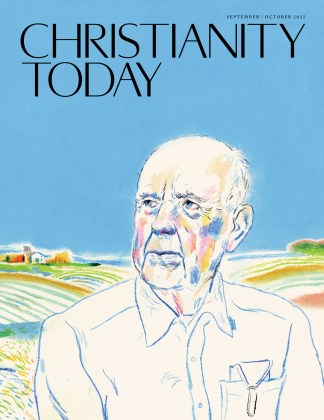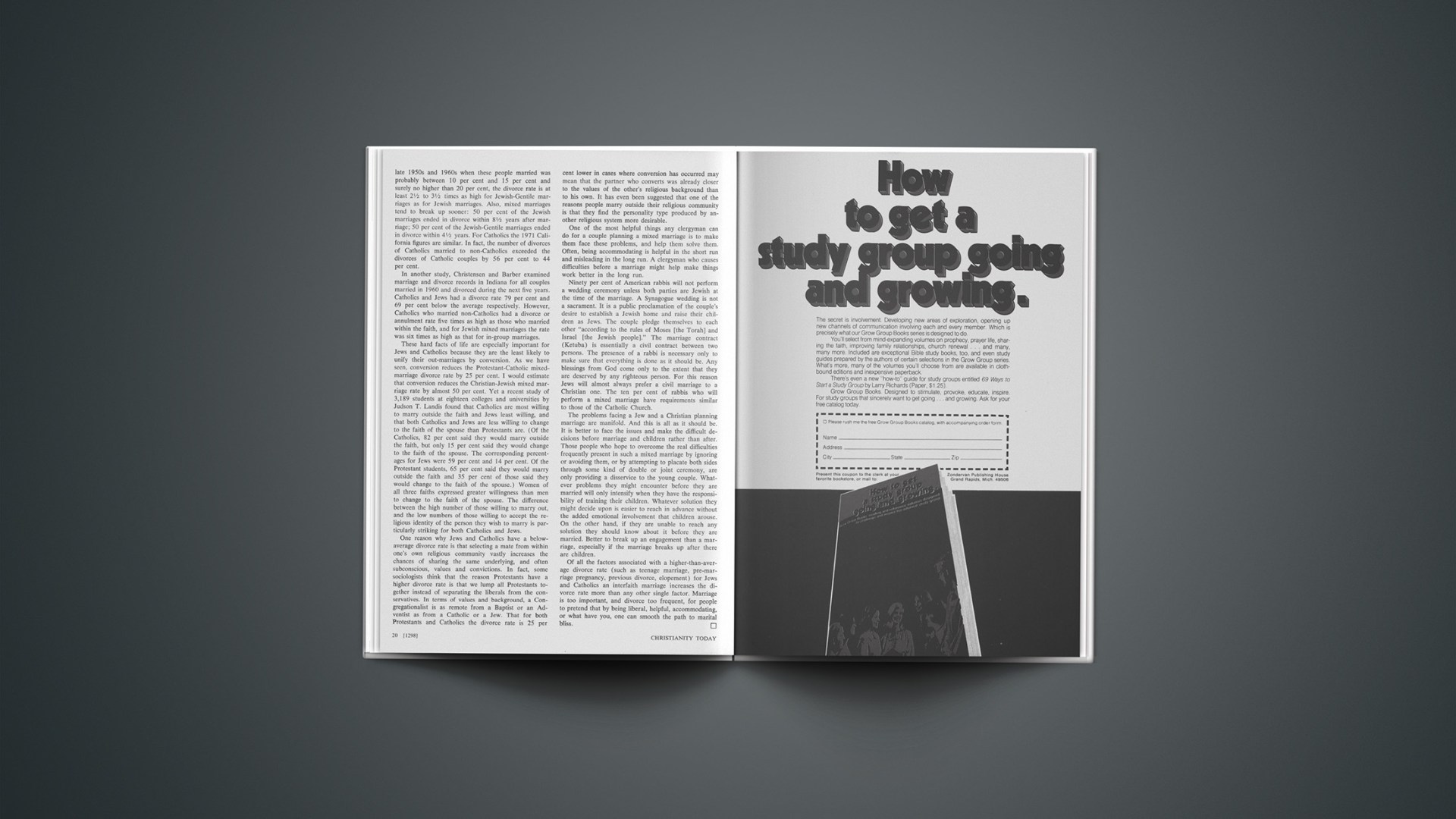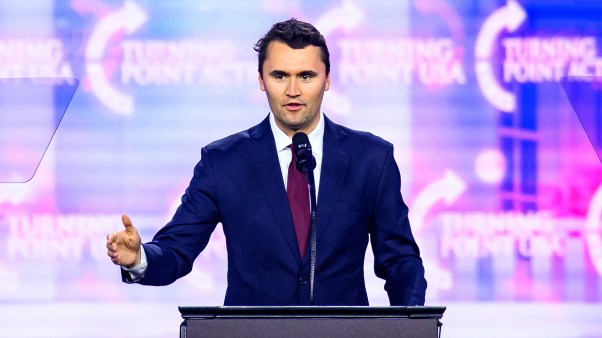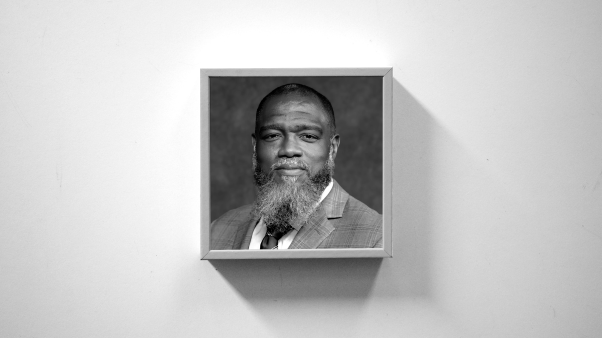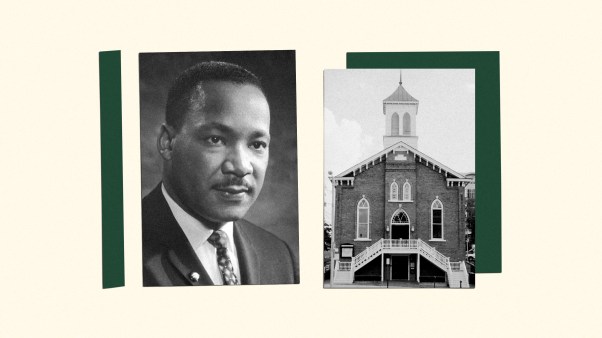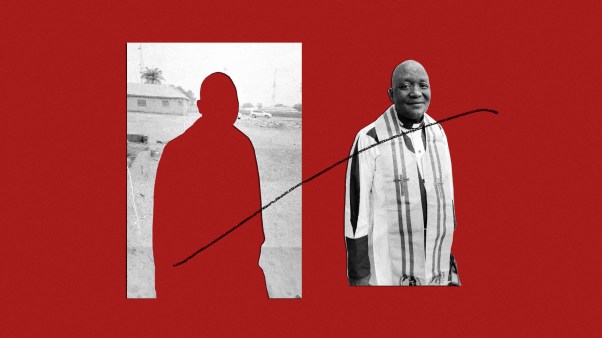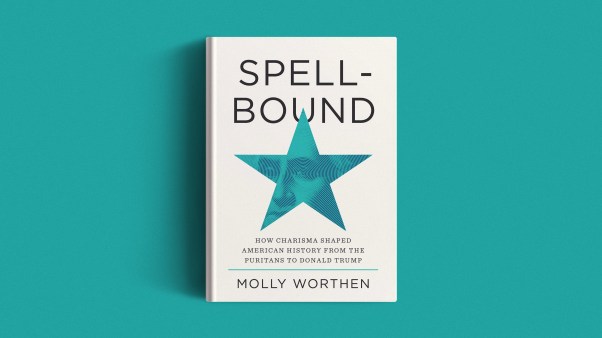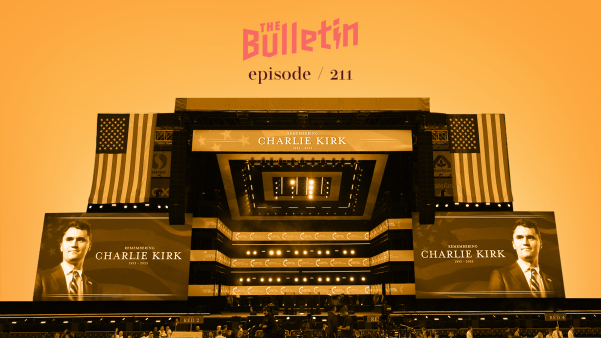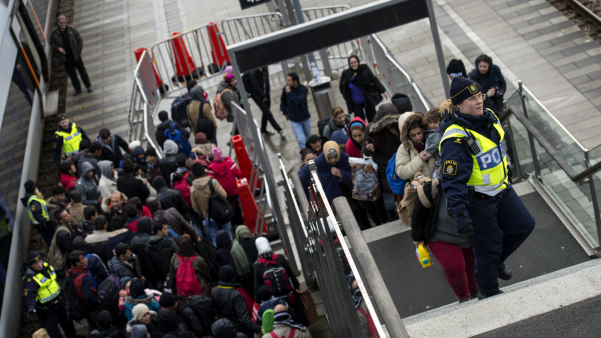The writers, producers, and sponsors of the now defunct TV show “Bridget Loves Bernie” would probably claim they were doing a public service by helping to combat the barriers that prevent TRUE Love from bridging religious differences. In reality, they were doing a great disservice to the audience, especially the teenage audience, by glossing over the serious problems that a Catholic-Jewish marriage entails. For the sake of a laugh, this program encouraged ridicule of traditional religious values that are rooted in experience and fact. It also encouraged young people contemplating a mixed marriage to avoid facing hard decisions that will only become more difficult when there are children to be raised.
Let’s look at the facts of mixed marriage. It has been known for some time that marriage between two people of different religious backgrounds is more likely to end in divorce than marriage within one religious group. A study in a suburb of Washington, D. C., of more than 13,000 families found the rate of divorce or separation was 2½ times as high for mixed Catholic-Protestant marriages as for in-group marriages. Similarly, a study in Michigan of more than 4,000 cases found the divorce rate for Catholic-Protestant marriages was almost three times that of in-group marriages. The number of Jewish-Gentile marriages in both studies was so small that no figures are given. However, it seems logical that, if anything, the problems in a Jewish-Gentile marriage would be much greater than those in a marriage where at least both are Christian.
That the problems are not solely religious but also cultural and psychological is shown by the fact that in both studies those who said they themselves had no religion had the highest divorce rate. That religion is an important factor is shown by the fact that where one party converted to the religion of the other, the divorce rate was reduced by 25 per cent. It did not matter which way the conversion went.
These studies were made in the 1930s and the 1940s. Today most young people think that things have changed. Therefore, two recent studies should be examined closely. The first is an analysis of all divorces filed for in California in 1971. Of the 143,664 divorce reports filed, 2,242, or 1.6 per cent, were filed by a Jew married to a Jew. (This represents 2.4 per cent of all interfaith marriages. Since Jews are 3 per cent of the population of California, this indicates that the Jewish divorce rate is 20 per cent below the average.) There were 2,430 filed by a Jew married to a Gentile. Therefore, 52 per cent of all divorces involving a Jew were in mixed marriages. Since the mixed-marriage rate in the late 1950s and 1960s when these people married was probably between 10 per cent and 15 per cent and surely no higher than 20 per cent, the divorce rate is at least 2½ to 3½ times as high for Jewish-Gentile marriages as for Jewish marriages. Also, mixed marriages tend to break up sooner: 50 per cent of the Jewish marriages ended in divorce within 8½ years after marriage; 50 per cent of the Jewish-Gentile marriages ended in divorce within 4½ years. For Catholics the 1971 California figures are similar. In fact, the number of divorces of Catholics married to non-Catholics exceeded the divorces of Catholic couples by 56 per cent to 44 per cent.
In another study, Christensen and Barber examined marriage and divorce records in Indiana for all couples married in 1960 and divorced during the next five years. Catholics and Jews had a divorce rate 79 per cent and 69 per cent below the average respectively. However, Catholics who married non-Catholics had a divorce or annulment rate five times as high as those who married within the faith, and for Jewish mixed marriages the rate was six times as high as that for in-group marriages.
These hard facts of life are especially important for Jews and Catholics because they are the least likely to unify their out-marriages by conversion. As we have seen, conversion reduces the Protestant-Catholic mixed-marriage divorce rate by 25 per cent. I would estimate that conversion reduces the Christian-Jewish mixed marriage rate by almost 50 per cent. Yet a recent study of 3,189 students at eighteen colleges and universities by Judson T. Landis found that Catholics are most willing to marry outside the faith and Jews least willing, and that both Catholics and Jews are less willing to change to the faith of the spouse than Protestants are. (Of the Catholics, 82 per cent said they would marry outside the faith, but only 15 per cent said they would change to the faith of the spouse. The corresponding percentages for Jews were 59 per cent and 14 per cent. Of the Protestant students, 65 per cent said they would marry outside the faith and 35 per cent of those said they would change to the faith of the spouse.) Women of all three faiths expressed greater willingness than men to change to the faith of the spouse. The difference between the high number of those willing to marry out, and the low numbers of those willing to accept the religious identity of the person they wish to marry is particularly striking for both Catholics and Jews.
One reason why Jews and Catholics have a below-average divorce rate is that selecting a mate from within one’s own religious community vastly increases the chances of sharing the same underlying, and often subconscious, values and convictions. In fact, some sociologists think that the reason Protestants have a higher divorce rate is that we lump all Protestants together instead of separating the liberals from the conservatives. In terms of values and background, a Congregationalist is as remote from a Baptist or an Adventist as from a Catholic or a Jew. That for both Protestants and Catholics the divorce rate is 25 per cent lower in cases where conversion has occurred may mean that the partner who converts was already closer to the values of the other’s religious background than to his own. It has even been suggested that one of the reasons people marry outside their religious community is that they find the personality type produced by another religious system more desirable.
One of the most helpful things any clergyman can do for a couple planning a mixed marriage is to make them face these problems, and help them solve them. Often, being accommodating is helpful in the short run and misleading in the long run. A clergyman who causes difficulties before a marriage might help make things work better in the long run.
Ninety per cent of American rabbis will not perform a wedding ceremony unless both parties are Jewish at the time of the marriage. A Synagogue wedding is not a sacrament. It is a public proclamation of the couple’s desire to establish a Jewish home and raise their children as Jews. The couple pledge themselves to each other “according to the rules of Moses [the Torah] and Israel [the Jewish people].” The marriage contract (Ketuba) is essentially a civil contract between two persons. The presence of a rabbi is necessary only to make sure that everything is done as it should be. Any blessings from God come only to the extent that they are deserved by any righteous person. For this reason Jews will almost always prefer a civil marriage to a Christian one. The ten per cent of rabbis who will perform a mixed marriage have requirements similar to those of the Catholic Church.
The problems facing a Jew and a Christian planning marriage are manifold. And this is all as it should be. It is better to face the issues and make the difficult decisions before marriage and children rather than after. Those people who hope to overcome the real difficulties frequently present in such a mixed marriage by ignoring or avoiding them, or by attempting to placate both sides through some kind of double or joint ceremony, are only providing a disservice to the young couple. Whatever problems they might encounter before they are married will only intensify when they have the responsibility of training their children. Whatever solution they might decide upon is easier to reach in advance without the added emotional involvement that children arouse. On the other hand, if they are unable to reach any solution they should know about it before they are married. Better to break up an engagement than a marriage, especially if the marriage breaks up after there are children.
Of all the factors associated with a higher-than-aver-age divorce rate (such as teenage marriage, pre-marriage pregnancy, previous divorce, elopement) for Jews and Catholics an interfaith marriage increases the divorce rate more than any other single factor. Marriage is too important, and divorce too frequent, for people to pretend that by being liberal, helpful, accommodating, or what have you, one can smooth the path to marital bliss.
George M. Marsden is associate professor of history at Calvin College, Grand Rapids, Michigan. He has the Ph.D. (Yale University) and has written “The Evangelical Mind and the New School Presbyterian Experience.”
